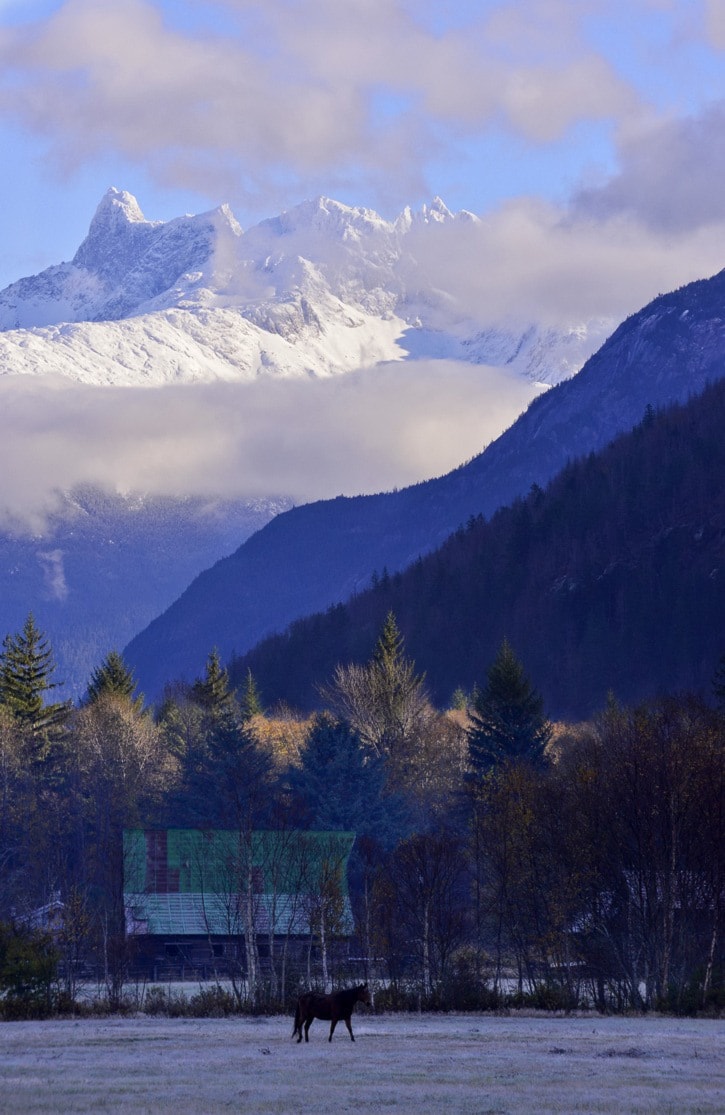Saturday night Halloween celebrations were dampened by an earthquake in Haida Gwaii that was felt all the way from Prince Rupert inland to Kelowna, and as far north as Edmonton and the Yukon.
In Bella Coola, many residents reported feeling significant shaking, rolling, and rocking that lasted up to a minute. It was followed by a short power outage from 4-Mile up Valley. The experience left many people feeling very unnerved.
The 7.7 magnitude quake struck at 8:04 p.m. PT Saturday, October 27, eventually triggering tsunami alerts and advisories along the West Coast of Canada and the U.S. and as far away as Hawaii, although criticism was leveled at the B.C. government for not issuing the warning fast enough.
Officials with the West Coast Alaska Tsunami Warning Centre have confirmed emergency officials in B.C. were on a West Coast conference call three minutes after the quake.
U.S. officials sent out their first tsunami bulletin immediately after the quake at 8:13 p.m. and then upgraded it to a tsunami warning for parts of the West Coast including B.C. three minutes later.
Emergency Information B.C. issued its first tsunami warning on Twitter at 8:55 p.m. — long after the news stations had already begun reporting on the earthquake and local civic leaders had begun evacuations based on the U.S. alerts.
Chris Duffy, the executive director of operations with Emergency Management B.C., defends the response, saying the public alert is just one element of communications, adding that RCMP and community officials were alerted within minutes.
While many people in B.C. were concerned with a tsunami threat, Bella Coola is not considered to be in the danger zone. However, many areas in Haida Gwaii, the Central Coast, and low-lying parts of the Hawaiian islands were evacuated. No injuries were reported as a result of the quake.
“We are not really at risk for a tsunami as our inlet is so long and mountainous,” said Emergency Program Coordinator Stephen Waugh. “There is too much for a tsunami wave to go through, so we concentrated our efforts on the outer coast where there was a real risk.” The only area evacuated in Bella Coola was the wharf.
Heavy aftershocks continued for hours after the quake, and there was another significant 6.2 earthquake in the same area the following Monday, October 29. People were on pins and needles in the North Coast region, describing the quake in a variety of terms, such as swaying, swooning, rocking and shaking.
Natural Resources Canada seismologist John Cassidy said this type of earthquake occurs when two tectonic plates slide against one another, adding it’s not the kind that usually causes substantial tsunamis.
Canada’s largest earthquake since 1700 was an 8.1 magnitude quake on Aug. 22, 1949 off the B.C. coast, according to the Natural Resources website. It occurred on the Queen Charlotte Fault in what the department called Canada’s equivalent of the San Andreas Fault — the boundary between the Pacific and North American plates that runs underwater along the west coast of Haida Gwaii.
On an interesting side note, the earthquake appears to have shut off the water to Haida Gwaii’s famous hotsprings. After the earthquake Parks Canada workers went to check the springs and found they had run dry, according to Barb Rowsell, who owns Anvil Cove Charters. The park’s superintendent Ernie Gladstone says the springs were still steaming last week, but now, to his dismay, there is not even a puddle left.
“Three people went down to check it out, and sure enough there is no hot water and the rocks are dry and cold,” said Rowsell, who has been ferrying visitors to Hotspring Island for years.
The popular natural attraction in Gwaii Haanas National Park has been a major tourist draw for decades, but apparently they will warm up cold and weary travellers no more.
It’s not all doom and gloom. Seismologists think that the hot springs might not be gone for good. In the past, earthquakes have stopped the flow of hot water, but it did reappear a couple of years later.
With files from CBC News
